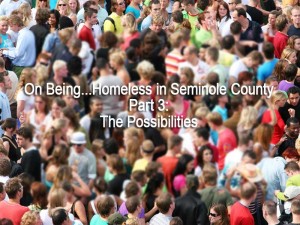
In part-3 of the feature On Being…Homeless in Seminole County, we ask a local panel of experts to discuss the “possibilities” of how or if the homeless in Seminole County might be better served or how the number of homeless might be reduced. They offer specific suggestions and timetables to accomplish their vision. Feature length – 47:27
Bios
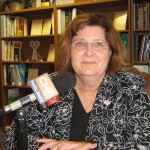 |
Cathy Jackson
Executive director, Homeless Services Network of Central Florida
|
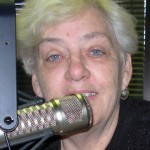 |
Jacqueline Dowd
|
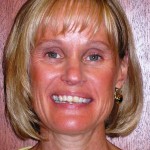 |
Michele Saunders
Director, Community Services, Seminole County Government
|
 |
Hank Dieckhaus
community & business leader, Sanford, Florida.
Blue Hen Office Furniture and Supplies |
Panel program format — The panel states their qualifications and their view of the homeless situation in Seminole County. Then Steck asks each to offer possibilities as to how to improve the homeless situation in the county. Each panel member responds to each other’s ideas. At then conclusion, Steck weighs-in with closing questions and observations and we learn what we might expect in the future from these “possibilities.”
Click below for parts 1 and 2 of the series On Being Homeless in Seminole County:
- Part One – The Problem and the Players | Length - 23:49
Part -1 also features Cathy Jackson defining the problem and identifying the players involved in local homeless issues - Part Two – The People | Length - 50:12
Hear the stories of being homeless in Seminole County as told by three local homeless “people” – Ricky, David, and Dale — and the professional caregivers – Rocky and Doug — who monitor them as part of the Sanford, Florida HOPE team.
We encourage you to listen to or download the extended panel discussion from part three. It runs 1-hour and 23 minutes, from which only 43 minutes were excerpted for this feature. The additional material includes the panel discussing such related issues as whether or not homelessness was an issue worthy of the resources CMF Public Media put into the production of the 3-part series or if another more important issue should have been pursued. Plus, who else could or should have been included on the panel and whether or not the panel was objective or self serving in their answers and comments.
Production assistance for this panel recording was made possible by our friends at 90.7 WMFE-FM.
Links to other features produced by CMF Public Media addressing issues related to homelessness
- Homeless Students in Seminole County Florida
- Coping with the Economy In Seminole County: Health Clinic
- Coping with the Economy in Seminole County: Food Pantry
- Youth Substance Abuse in Seminole County, Florida
- Commentary: Steve Bruton - formerly homeless Longwood, Fl. resident on creating “safe zones” for the homeless
- Commentary: Bakari F. Burns - Chief Executive Officer, Health Care Center for the Homeless commenting on the steps necessary to achieve quality and affordable health care services for the homeless.
- Commentary: Rachael Todd - Miss Florida 2009 and a resident of Oviedo, Florida, commenting on why ending homelessness matters.
Informative web links on issues related to homelessness
- IDignity
- Seminole Behavioral Healthcare
- US Department of Housing and Urban Development (HUD)
- Families in Transition (Seminole County Public Schools)
- Rescue Outreach Mission
- Christian Sharing Center
- Safe House of Seminole County
- Recovery House of Central Florida
- Pathways to Home
- 211 Community Resources and Referrals
- Heart of Florida United Way
- Central Florida area Community Coordinated Childcare
- Florida Department of Children and Families – Office on Homelessness
- Central Florida Regional Commission on Homelessness
- The Children’s Cabinet
- Boys Town of Central Florida
- Coalition for the Homeless of Central Florida
- Jewish Family Services of Greater Orlando (Kids Konnect program)
Extended Content & Pictures
 |
 |
Panel Discussion
Extended (01:22:40)
|
|

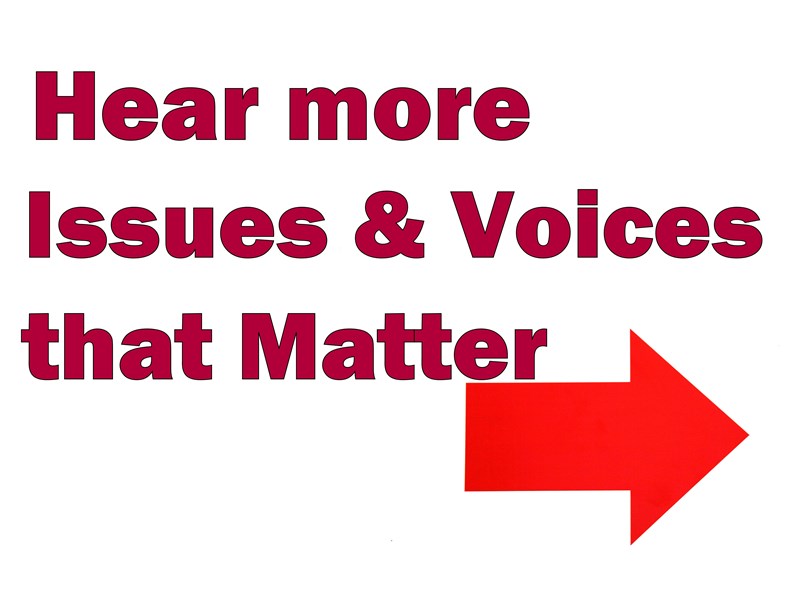
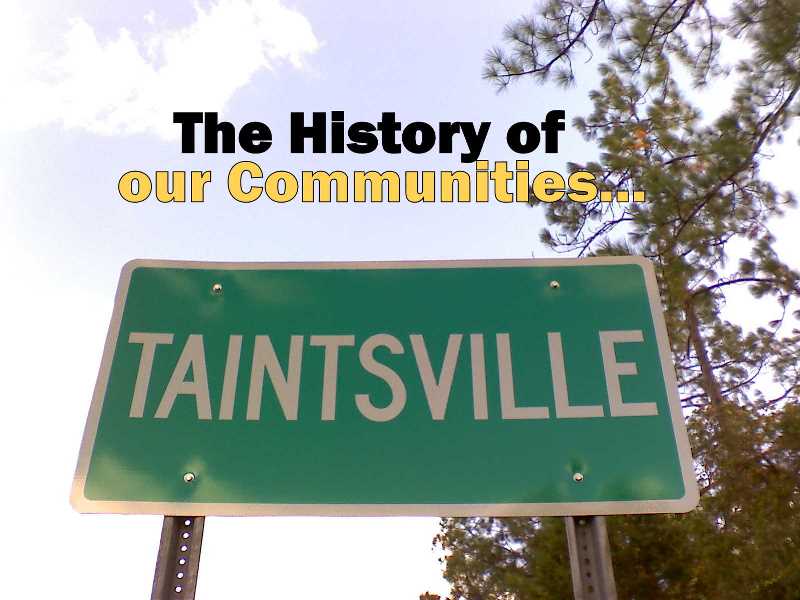
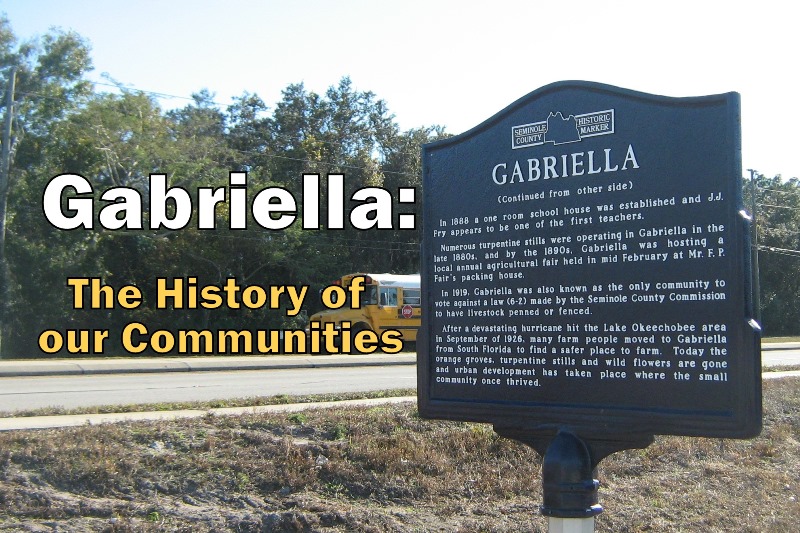

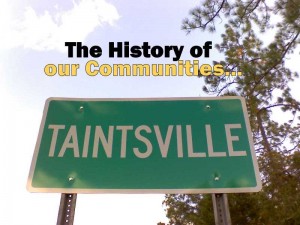
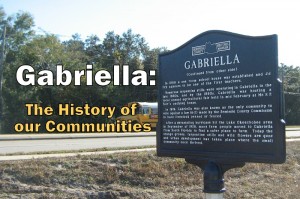



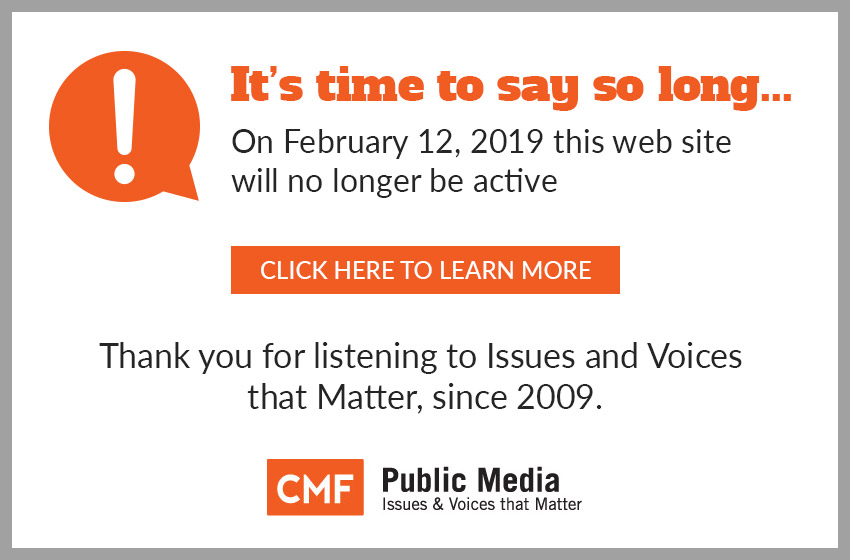
Still need some thinking outside of the box? Thanks, Stephen, for pushing for new solutions during the last 20 minutes of the forum. Michele finally nailed it at the end with some real game plan comments. Note: Nothing was said about the high number of people living in cars. How about “safe zones” and/or a “dome community”? How about some immediate relief now? How about all of us being the “good neighbor”?
Still need some thinking outside of the box? Thanks, Stephen, for pushing for new solutions during the last 20 minutes of the forum. Michele finally nailed it at the end with some real game plan comments. Note: Nothing was said about the high number of people living in cars. How about “safe zones” and/or a “dome community”? How about some immediate relief now? How about all of us being the “good neighbor”?
I was homeless on and off over the past 34 years, for the
majority that are homeless, they give up on themselves after the first year on the streets. Organizations funded with their care abuse the funds and little actually goes for proper usage or where it is truly needed. Most homeless abuse alchol, drugs or are mentally ill. Few have any credit or no police records. All of these things make harder impariments to overcome for a homeless individual. Housing and feeding the homeless will show compassion bit these individuals will abuse your kindness. It is in their mindset for survival. If you truly want to help them and yourselves build a instatution that they can reside while they are mentally restructured for civilization. Including job training, Ged classes on site, AA, NA classes with a detox unit. A program as this would take a 4-5 year commitment for each homeless person before they are ready for re-entry to society and their minds reprogramed to function normally within socities boundries If this cannot be accomplished then removing life from these individuals would be the only compassionate solution to serve all as well as them.after ten years on the streets most are living in an animal mental state, only 2% have a chance of returning to normal society.